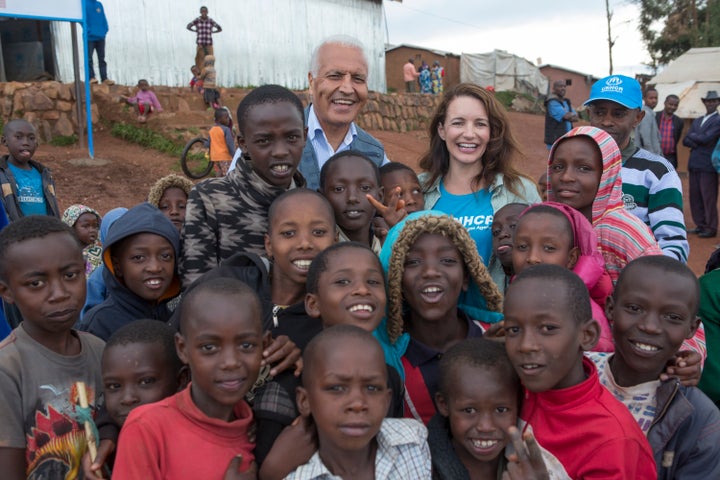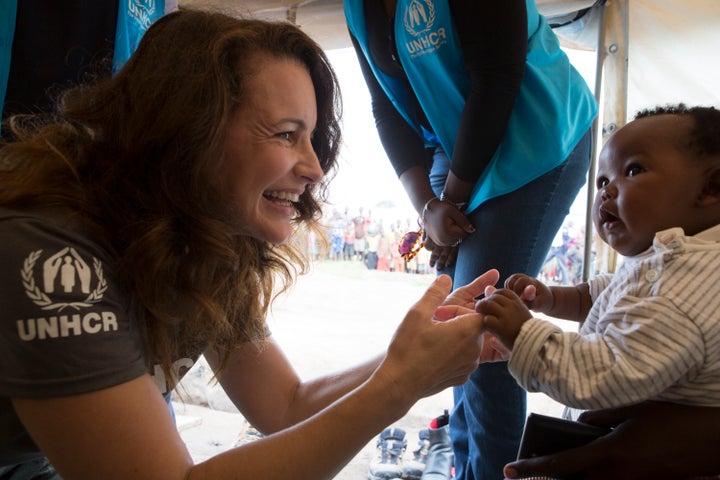
The influx of people was overwhelming. That was my first thought when I arrived at Dadaab, the largest refugee camp in the world.
I found myself there because in 2011 when I was in Tanzania, visiting successful women farmers for a magazine story about female livelihood projects, my colleagues started to get alerts on their phones about a huge influx of people streaming into Dadaab refugee camp in Kenya. We decided to go to see what was happening. It was a decision that would change my life. When we arrived at Dadaab, what we saw was hard to comprehend. Around 3,000 people were arriving daily from Somalia due to a very severe food shortage. Hundreds of people were waiting outside the camp gates to register (a required first step at all camps run by UNHCR, the UN Refugee Agency). UNHCR’s partner NGOs like Oxfam were doing their best to keep everyone well supplied with food and water.
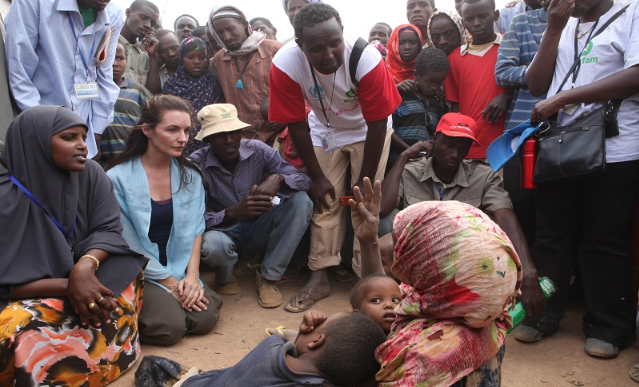
These people had walked in high heat for many days and were largely women and children. The stories that I heard that day still haunt me. Many women were raped and robbed as they tried to bring their children to safety. One disabled woman I met watched while two of her children and her husband were killed, she was then raped and robbed of even the clothes she was wearing. I had never witnessed anything like this, and it still strains my understanding. The underlying reason that these people were forced from their homes was a terrorist group that controls southern Somalia. Yet more than anything, the people I met just wanted to be safe and to go home and to be able to feed their children. I decided on that trip that I wanted to help the UN Refugee Agency. Because if they were not there, who would be there for these people?
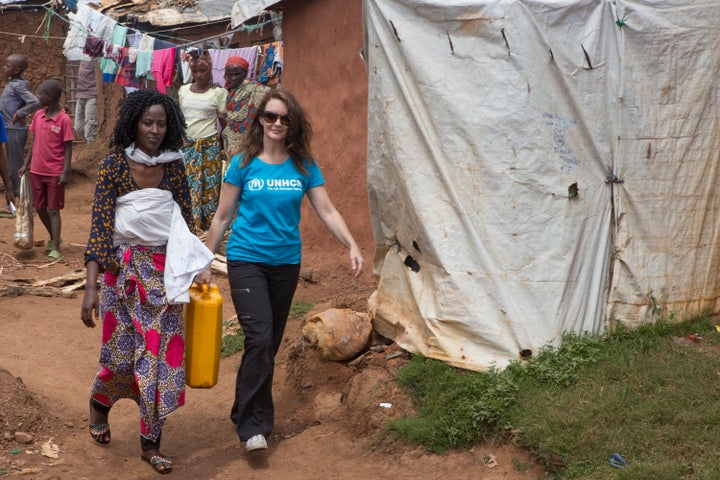
Since then, the number of people who have been uprooted from their homes around the globe has only grown. There are now more than 65 million people who have been forced to flee. A worldwide crisis of shocking proportions. I recently visited Uganda, where people are fleeing violent atrocities in South Sudan. A huge number of unaccompanied minors are in this group, separated from their parents in the violent chaos and fleeing for their lives on their own, often not knowing if their parents are alive. In December, I also visited Rwanda with UNHCR where I met two very different groups of refugees ― those who fled the Democratic Republic of Congo (DRC) 15 to 20 years ago and have been living in camps for up to two decades and those who have only recently arrived and are fleeing a new conflict in Burundi. As you can imagine, most people who find themselves suddenly uprooted and stripped of everything, just want to go home. In the case of the refugees from DRC, they have been away from home for so long that they have lost hope of safely returning home. When we told some families that they had been approved for resettlement to America, they didn’t seem to believe us. When we asked these families what they would bring with them if they did get resettled to America, their answers were stunning. The mother of one family showed us a poster of the Virgin Mary, this was the only thing she would bring. Another family told us they had traded some of their belongings for two backpacks to carry clean clothes on their trip. They wanted to look presentable if they were going to make it to America to start new lives. This was all they would be bringing. They had lived in this camp for 20 years... this is the life of a refugee.
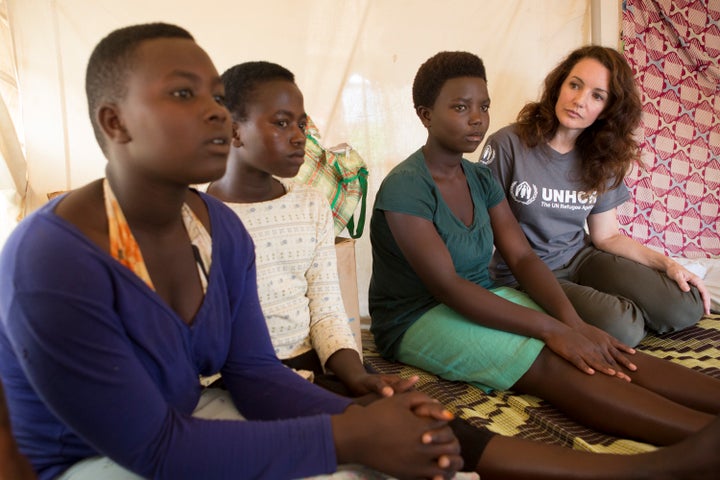
Every trip I have made to visit UNHCR refugee camps has left me profoundly humbled at the strength and resilience of the people I meet. I don’t know how they have survived what they have been through. Less than one percent of all refugees are resettled in any country. And the vetting process for the United States can take up to two years after a refugee has been submitted for resettlement based on the fact that they’re at extreme risk. I fear that the current changes in our national policy have damaged one of the few hopes these vulnerable people have left. After all, they have fled the very terrorist groups we fear in our country. I am heartened by the people who have stepped forward to stand #WithRefugees.
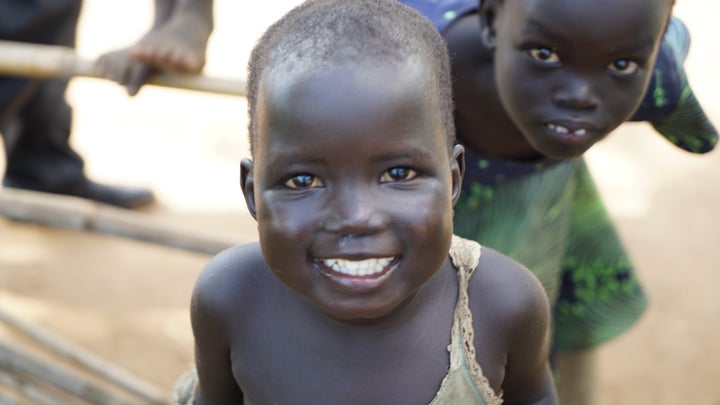
But right now there are people all over the world who are existing only because the UN Refugee Agency is there providing shelter and food for them. And sadly these efforts by UNHCR do not have enough funds for the magnitude of this crisis. So I’ve decided to start a CrowdRise fundraiser for UNHCR. We can help keep the Syrian refugees fleeing terror to stay warm this winter, help the babies born in the camps to have basic medical care, help the new people fleeing violence every day to be fed when they finally arrive at a UNHCR camp. I will be matching all donations made up to $10,000. Please help me say to the most vulnerable people in the world that we do care about them. And that we stand #WithRefugees.
Donate to Kristin’s fundraiser for UNHCR via CrowdRise here.
